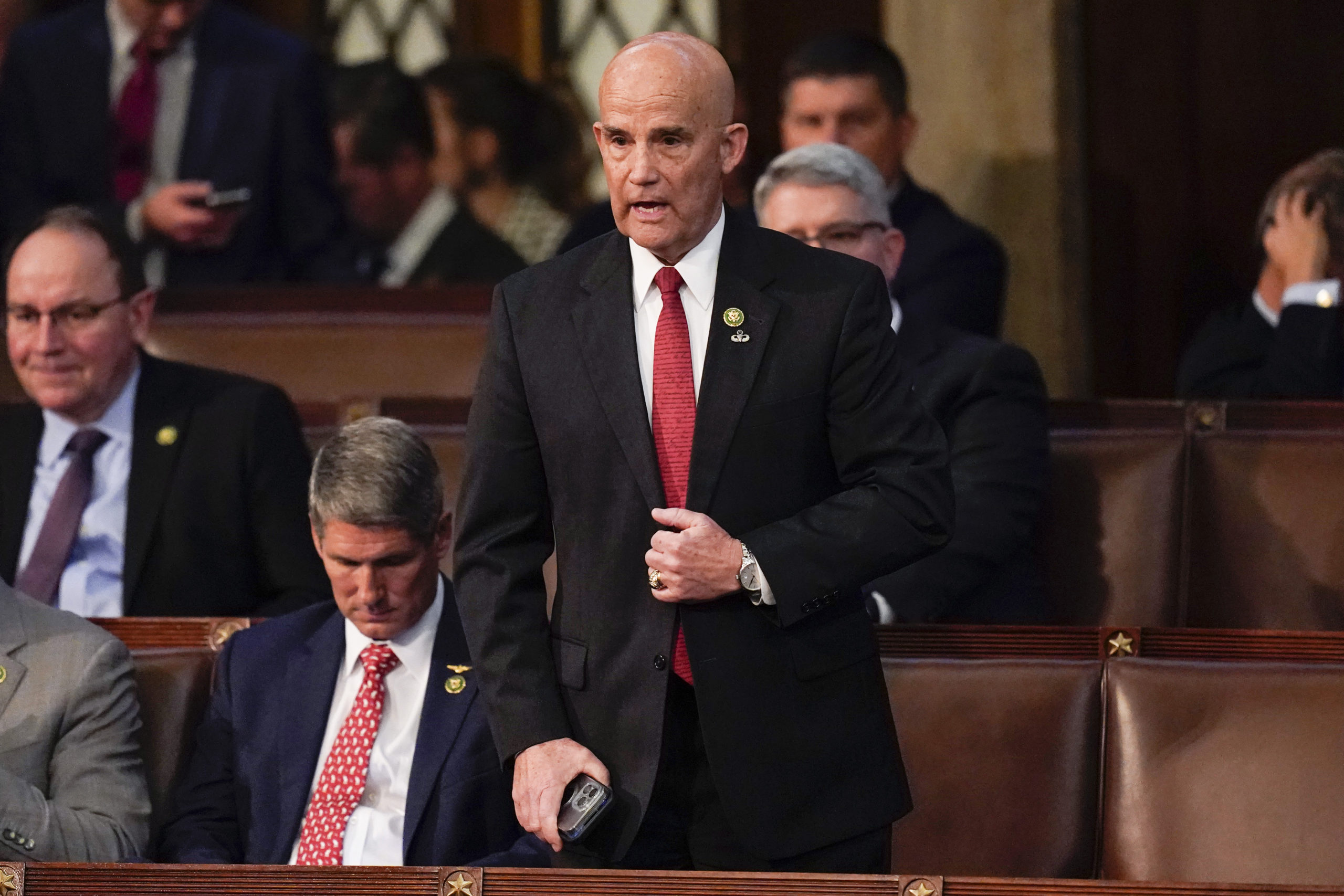
GOP’s Reign in Texas Was Inevitable, According to Wayne Thorburn’s Red State

A version of this story ran in the October 2014 issue.
Above: Red State: An Insider’s Story of How the GOP Came to Dominate Texas Politics
By Wayne Thorburn
University of Texas Press
310 pages; $29.95
What makes Texas Texas? Even if you confine the question to the realm of politics, there are enough books on that subject to fill a small library. Most of those volumes strain to answer some variation of the same query: Why are Texas Republicans so strong?
The ending hasn’t yet been written to the story of the 2014 elections, but it already seems likely that Democrats will be asking that question anew come mid-November. Anyone wanting to get a jump on the answer could do worse than to start with Red State: An Insider’s Story of How the GOP Came to Dominate Texas Politics.
Red State is written by Wayne Thorburn, a former state GOP apparatchik. If “Red State” is an accurate description of the past two decades of political Texas, the subtitle is more than a little misleading. What Thorburn has compiled here is not a story, in the narrative sense, despite a blurb from Karl Rove that deems the book “critical reading.” And Thorburn the insider doesn’t deliver anything here that an outsider couldn’t tell you just as well. Anyone hoping for Lee Atwater-style revelations about the inner workings of a party’s ascendance will be disappointed. Nor, finally, is Red State a repository of particularly enviable prose. But it is a fine reference for anyone seeking a chronological treatment of the party’s arc—not an endpoint for students of political history, but a beginning.
For those who prefer to cut to the chase, here’s Thorburn’s gist: The GOP’s rise here was inevitable, thanks to the state’s inherent characteristics and its citizens’ ideological preferences, and the party is likely to maintain its dominance for a while yet.
There’s plenty of interesting information here for the right audience, much of it arranged in table form: primary participation rates, electoral histories of various population centers. But the book’s expansive time frame—it takes us from Texas independence to 2014—makes much of it feel oddly flat. Ann Richards’ 1994 campaign against George W. Bush, ostensibly an important race in this upheaval, merits a single paragraph from primary to Election Day.
The book kicks into a slightly smoother gear when Thorburn, a former Young Americans for Freedom activist who served as the state GOP executive director from 1977 to 1983, describes the period when he was most active in party politics—though the narrative never exits third-person mode. The rituals of Texas Republicans from that era can be downright charming. For example: Starting in 1979, cadres of young GOPers met at an annual retreat near Brenham called “Camp Wannameetagop.” Thorburn presents a tantalizing vision of young Kay Bailey Hutchison, Tom DeLay and Joe Straus III playing volleyball together in the waning years of the Carter administration.
But despite these virtues, it’s hard not to come away from Red State reflecting on the narrowing scope of our political vision. In the first half of the 20th century, the country’s most influential political scribbles were the literary stylings of newspaper columnists such as H.L. Mencken. Later, literature itself drove the conversation, in books including Billy Lee Brammer’s The Gay Place, Edwin O’Connor’s The Last Hurrah and Robert Penn Warren’s All The King’s Men—stories that emphasized the perturbed psychology and sweaty drama of politics. With the advent of John F. Kennedy’s Camelot, nonfiction accounts began to replace fictional ones, starting with Theodore White’s The Making of the President 1960. This more practical approach took hold, reaching either its nadir or its zenith, depending on your perspective, with 2008’s adrenaline-soaked, micro-focused Game Change.
Thorburn presents a tantalizing vision of young Kay Bailey Hutchison, Tom DeLay and Joe Straus III playing volleyball together in the waning years of the Carter administration.
Red State isn’t exactly a Nate Silver kind of book, but it is a reminder of how a focus on “fundamental” inevitability can obscure a more interesting story. Over the course of the book, Thorburn charts the slow rise of the GOP in great numerical detail, until we arrive at the concluding line of the penultimate chapter: “Overall, Texas is now a Republican-dominant state with pockets of strong Democratic support.” Well… yes.
It’s not that the statistical approach to politics produces wrong answers; it’s that it prevents other questions from being asked. National liberal commentators like those at The New Republic have increasingly adopted a variation of Thorburn’s argument: The fundamentals are stacked against a Democratic revival. Investing in Texas is a waste of time and money, they say, and they’ll say it even louder if this election doesn’t go well for Wendy Davis. Yet states that vote much redder than Texas in presidential elections, from Alabama to Montana, elect Democrats to state office. Something different is happening here.
The more interesting story, I suspect—though there are many still to be told—isn’t about the GOP’s rise in Texas, but about the Democrats’ decline and long, slow fade to black. If that story ever gets properly told, political science will play a valuable part in the telling. But so will narrative.
To support journalism like this, donate to the Texas Observer.


